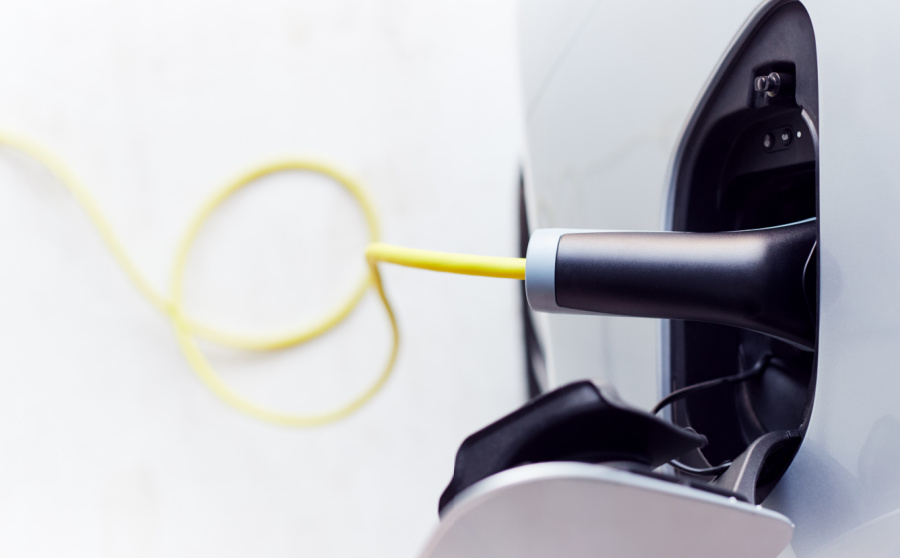Are PHEVs worth it? Plug-in hybrid electric vehicles
Is a Plug-In Hybrid Electric vehicle right for you? What is a PHEV? Are PHEVs better than ICE vehicles? How do PHEVs compare to Hybrids?
These are all questions we’ve been pondering lately.
Why PHEVs? What are PHEVs?
PHEV stands for plug-in hybrid electric vehicle.
We aren’t anti-ICE vehicles, though we do look forward to the days that we are less dependent on fossil fuels and reduce pollution. It’s why EVs are enchanting because they can be charged from solar energy without emissions.
But of course there are realistic limitations with EVs and thus, they’re not always the ideal vehicle for all situations.
Hybrid vehicles are interesting because they greatly increase the efficiency of ICE vehicles, giving you way better fuel economy.
The first time we went from our beloved Subaru Outback to our Prius V, we were amazed at the fuel cost savings. Mind you, the Prius was not nearly as fun to drive and didn’t have the handling that the Subs did in bad weather. But for our needs, the Prius made much more sense.
What if you could have the best of both EVs and Hybrid ICEs??? You can!
I first started wanting a Tesla because of their great charging infrastructure. Recently, I’ve been dreaming about all those amazing EV trucks coming out these days.
But the more I research and think about our preferred lifestyle, the more I’m thinking that our next vehicle will be a PHEV.
Isn’t that where we should always start? Considering what our needs and preferred travel lifestyle are, then finding the vehicle that best matches?
I’ve been watching all the EV news and trends, both positive and negative, and I’m more and more convinced that in our current state of price, charging infrastructure, and growing uncertainty with the weather, PHEVs lend themselves to be the most adaptable vehicle category.
Let’s take a look at what a PHEV is and some of the pros and cons I’ve been thinking about.
PHEV Advantages
The PHEV is an exciting segment in the automotive world because it allows you to use 2-3 different driving modes:
- Pure EV mode – electric-only, usually limited range, though these days range is increasing
- Hybrid mode – a combination of the EV and ICE systems
- Pure ICE – very rare as most PHEVs rely on the hybrid system
For most of your daily commuting and errand needs, you might be able to use pure EV. Then recharge at home (or a nearby charger).
You can then save the gas for longer trips or as a buffer when you miscalculate your EV range.
Drive modes are important because it solves the one issue every EV owner is well aware of: range anxiety.
This is why I love technology and the evolution in cars. The switch between these systems are both manual and automatic. Seamless.
You can start in EV mode and if you run out of range, the car will kick in Hybrid mode. Or maybe you start in Hybrid mode but want to go to EV mode when you’re stuck in traffic, to avoid idling on gas.
It’s the best of both worlds. Can you have your cake and eat it too? When you can fuel up your car in multiple ways, the answer is yes.
Ideally, a PHEV’s range could cover most – if not all – of your daily commuting needs, which means you would never use the gas engine.
However, if you needed extra range, you would be able to tap into the ICE system. This also means you can rely on getting fueled up at both charging stations and petrol stations.
No range anxiety.
PHEVs are offered in different vehicle segments by many popular brands.
The Toyota RAV 4 Prime is my personal favorite option right now and has more than enough space and utility as an SUV. Need more space? You could look into the Chrysler Pacifica minivan.
Both GM and Dodge have pledged to bring full size trucks to market as well.
IMO, PHEVs provide the perfect combo. But are there downsides?
Concerns I have: PHEV Disadvantages
PHEVs are offered in different vehicle segments by many popular brands.
The Toyota RAV 4 Prime is my personal favorite option right now and has more than enough space and utility as an SUV. Need more space? You could look into the Chrysler Pacifica minivan.
Both GM and Dodge have pledged to bring full size trucks to market as well.
EV Range is good but could be better: Right now the PHEV with the most EV range is the Range Rover Sport P440e with 51 miles of max range. This is pretty good but an ideal range would be between 75-100.
Again, it’s that range anxiety. At 75-100 pure EV mile range, I would only need to use gas for road trips and range anxiety would not be a thing (for me).
PHEVs are popular: High demand and low inventory means that PHEVs are hard to find and costly.
I’m convinced that automakers know PHEVs would be so popular that people would hold on to these cars (because they meet their needs) and buy fewer new cars in the future.
PHEVs are more expensive than ICEs (and EVs). You’re definitely paying 10-20k more for the added technology and features.
More engines. More failure points: A good friend brought this point up to me, and I never thought about it that way. Instead of one engine or system, you now have two.
That means more maintenance and more potential ways a system could fail. You might say to yourself, “But what if you mostly use the EV system, doesn’t that reduce the load on the ICE?” And you’d be correct.
However, it’s a more complicated system and that usually means difficult, expensive repairs.
There’s no PHEV truck… yet! I really love trucks, lol.
Are PHEVs worth it?
In conclusion, I’m not 100% sold that our next and ultimate travel vehicle will be a PHEV, but it’s worth keeping an eye on.
We are the type of household where we want “one vehicle to rule them all” but that might not make sense for those with families, toys to haul, etc…
It really comes down to initial cost and whether the price fits in the family budget. Lately, PHEV prices have gone up, but that may not stay the case.
Prices could very well settle back down in a couple years, and PHEVs are expected to hold their value similar to a Hybrid vehicle. Depending on the battery capacity, American-made PHEVs may qualify for a federal tax credit. These cost differences could definitely tip the scales in greater favor of PHEVs for us in the near future.
Stay tuned for more updates on PHEVs through our newsletter below.






Hi Jedd and Michelle!
Another disadvantage of any hybrid is the additional parts – you have two systems where things could possibly go wrong. Potential repair costs, downtime, etc. More of a question as a vehicle gets older, of course.
I’m not pro-PHEV, neither am I against them. Anything that helps people get started down the EV path is a plus, in my opinion!
Thanks for these articles, and happy holidays!
-Marcy